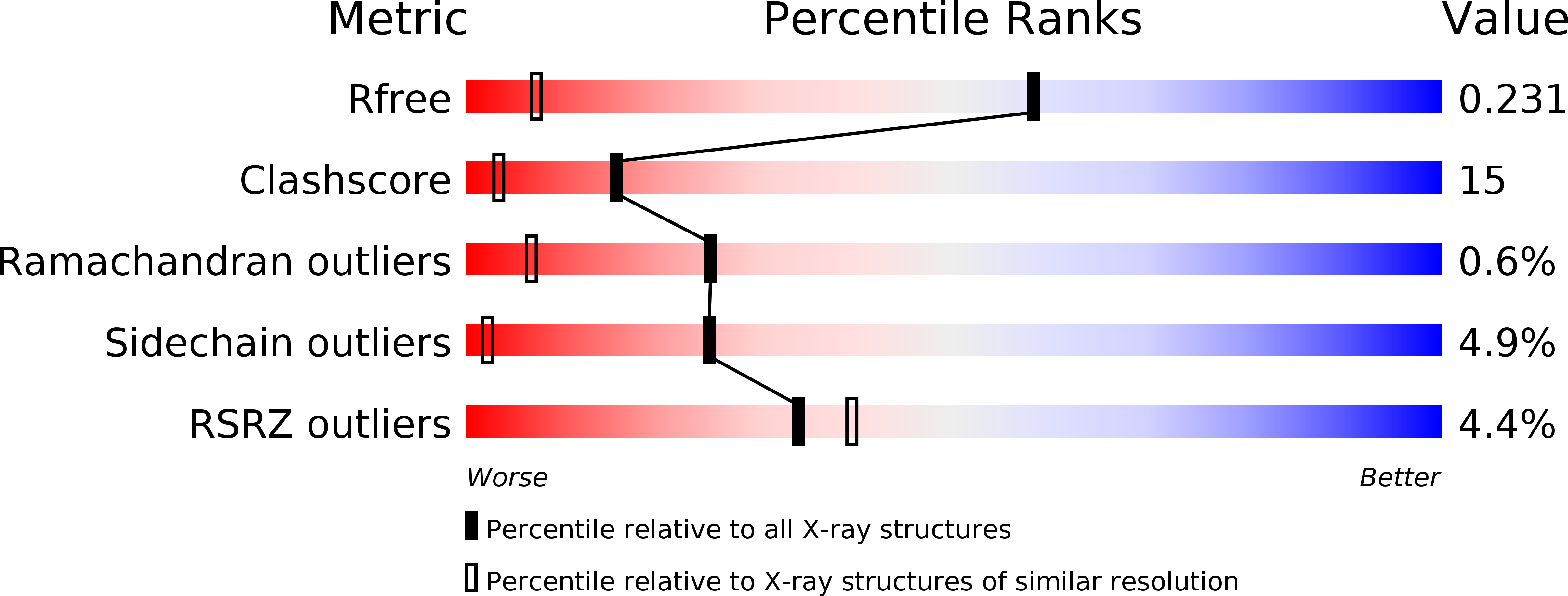
Deposition Date
2013-05-14
Release Date
2013-06-26
Last Version Date
2024-10-30
Entry Detail
PDB ID:
4KPM
Keywords:
Title:
Crystal structure of the catalytic domain of RpfB from Mycobacterium tuberculosis in complex with triNAG
Biological Source:
Source Organism:
Mycobacterium tuberculosis (Taxon ID: 1773)
Host Organism:
Method Details:
Experimental Method:
Resolution:
1.33 Å
R-Value Free:
0.22
R-Value Work:
0.17
R-Value Observed:
0.17
Space Group:
P 1 21 1


